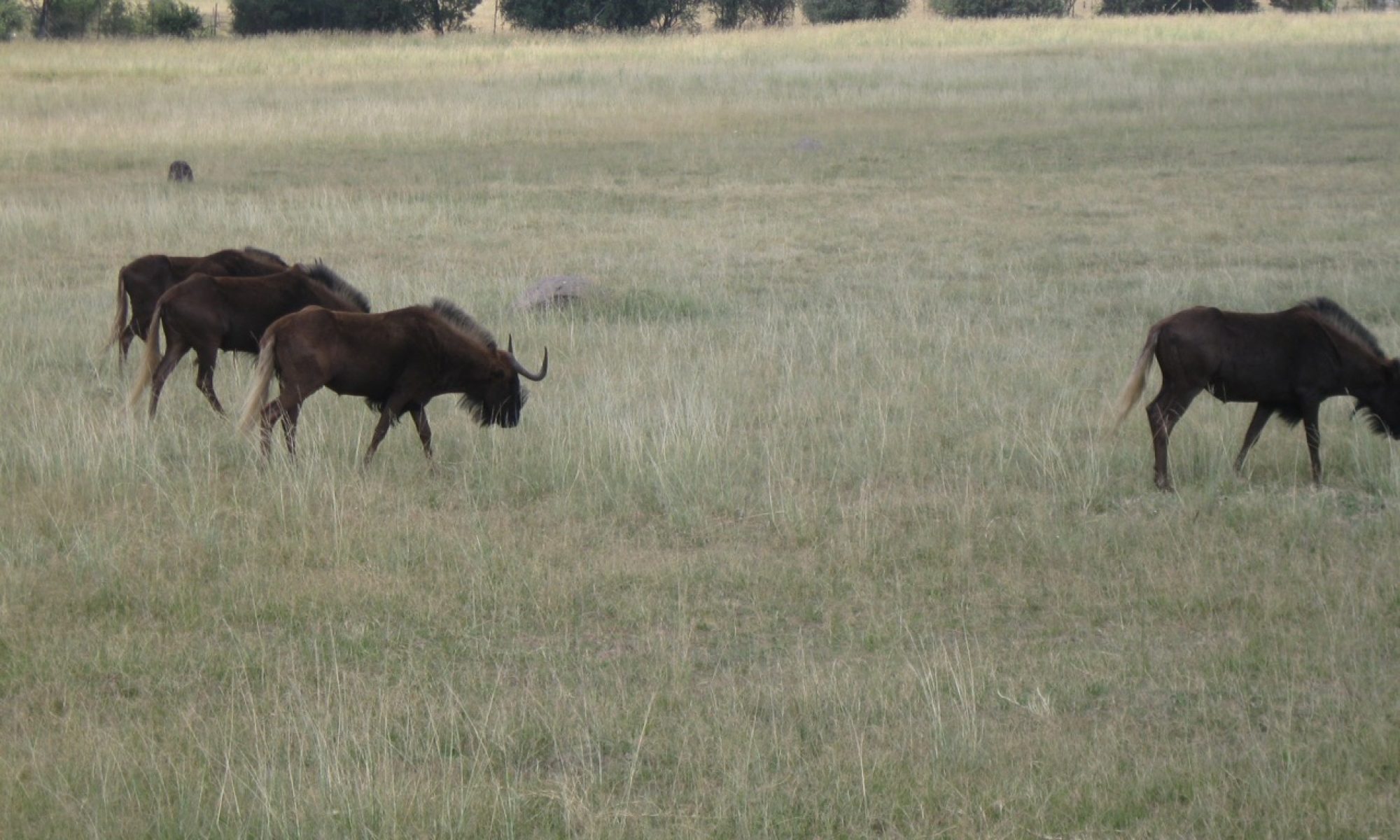This month we’ve had the pleasure of hosting Onelisa Slater from Rhodes University in South Africa. We visited Gothenburg to attend the start-up workshop of Rasmus Bernander’s project “Modality in Swahili – Variation, Change and Transfer” (with co-investigators Maud Devos and Gilles-Maurice de Schryver), for which I serve on the advisory board, AND to celebrate the launch of the Corpus of Spoken isiXhosa, part of a project headed by Eva-Marie Bloom Ström, in which Onelisa also works. I am so excited about this fantastic new resource!!
In addition to working together on the mentally stimulating and exhausting topic of modal negation – more to come on that soon, hopefully! – Onelisa and I, together with Lotta Aunio, co-taught a beginner’s isiXhosa course using the “strong” communicative method of language teaching and learning. It was loads of fun, and the student learning was impressive for a short course! We’d do it again in a heartbeat.
We’re also very pleased to be able to mention that our latest paper has been published in Studies in Language! It’s called “What can be said? Variation among expressions of modal possibility in a South African language cluster” and was co-authored by me and Onelisa along with Remah Lubambo, M Petrus Mabena, Cordelia Nkwinika, and Muhle Sibisi. Here is the abstract:
We employ a cluster approach to explore the comparative semantic maps of several markers of modal possibility – the “potential” prefix nga‑ and expressions meaning, roughly, ‘know how to’ and ‘be able to’ – in four South African Nguni languages: isiNdebele, isiZulu, isiXhosa, Siswati. We also compare the Nguni results with results from Xitsonga, a closely related language outside of the Nguni clade. The languages exhibit cross-linguistic differences in the expansion of core meanings, some of which do not appear to follow the cross-linguistically common diachronic pattern in which goal-oriented modality precedes deontic modality. In addition, the distinction between inherent and learned ability is salient in several of these languages. Semantic maps of the markers’ functional distributions further show the diversity of modal systems that can be found even in closely related languages in significant contact with one another.
